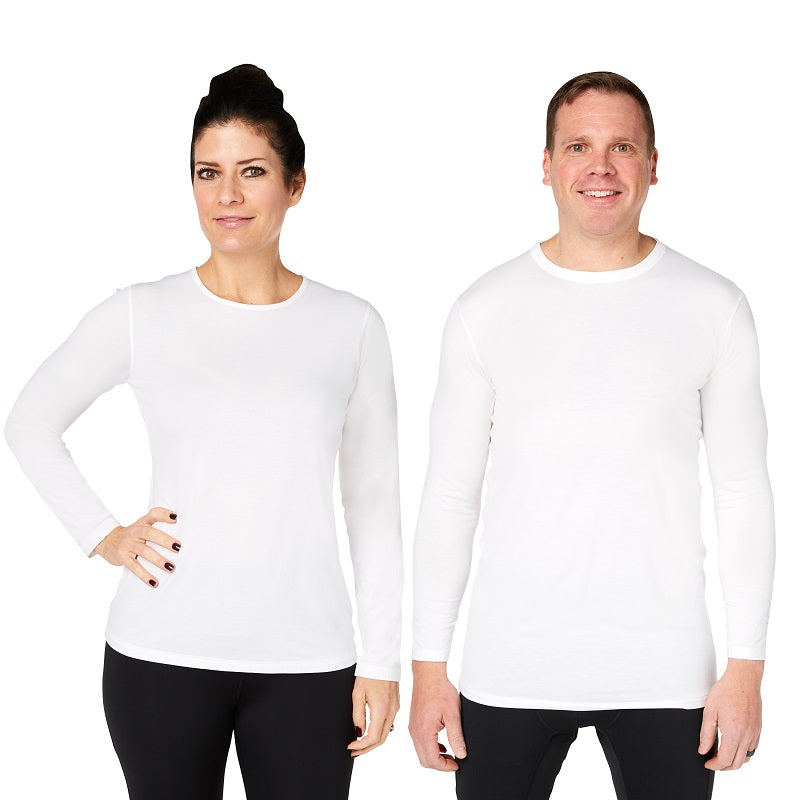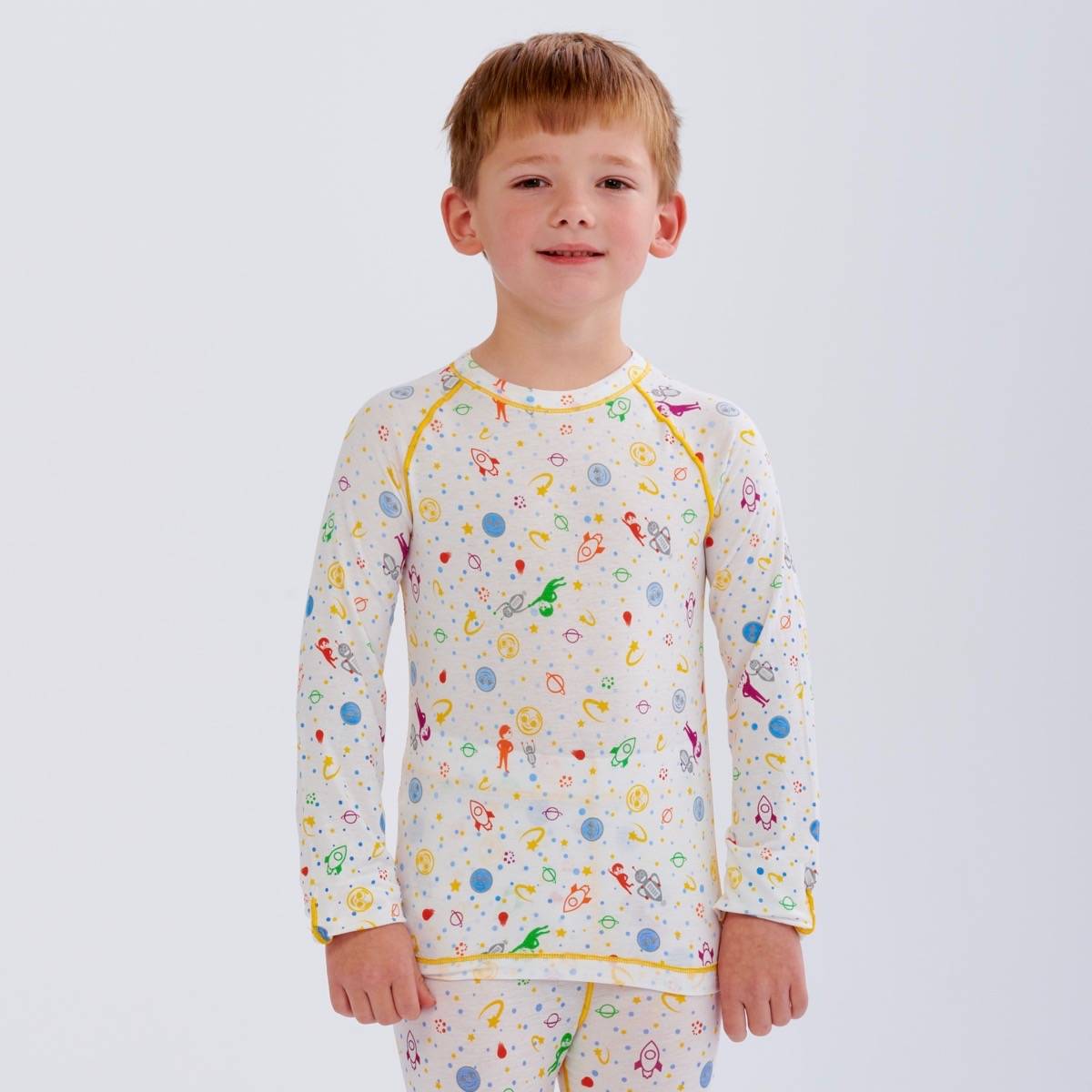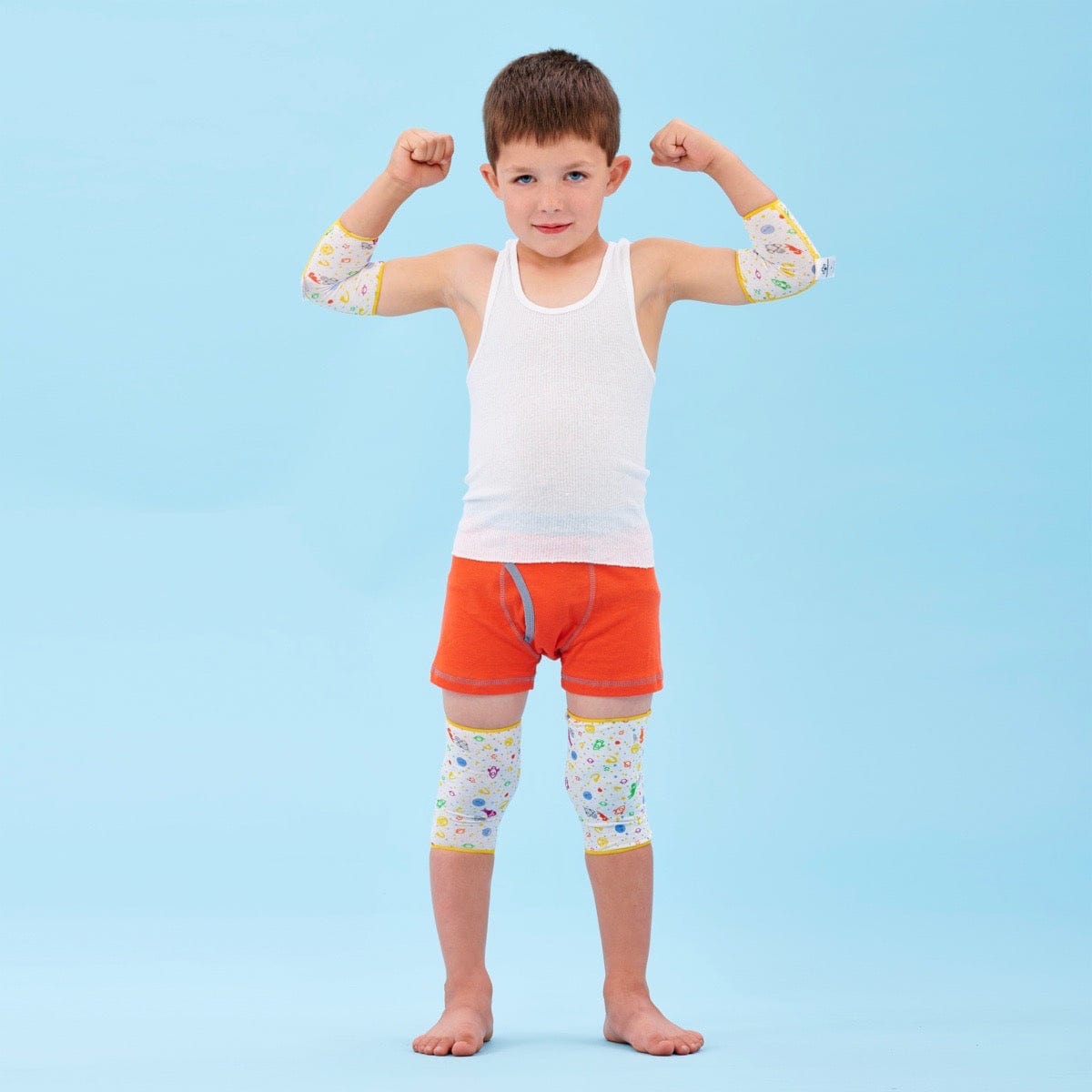The Atopic Triad is a term used when a person has a combination of atopic dermatitis (eczema), asthma, and allergic rhinitis (hay fever). A common occurrence where some people have two of these diseases and others suffer from varying degrees from all three. The Atopic Triad is a challenging combination of environmental health issues that affect millions of people living in the US and worldwide according to a collaborative study by the Allergy and Asthma Foundation of America and the National Eczema Association.
Do all Eczema Suffers also have Respiratory Issues like Asthma and Seasonal Allergies like Hay Fever?
Unfortunately, research studies reveal that almost 80% of children suffering from atopic dermatitis (eczema) also develop asthma, and/or allergic rhinitis (hay fever) and/or other food allergies.
Children suffering from eczema typically have what is called flareups from environmental, dietary and other health conditions including stress that are called triggers. The exact origins and degree of sensitivity of these triggers vary case to case but include everything from dust, pollen, gluten, and other including food allergies like dairy, peanut, eggs, and gluten. These triggers are often common to all three - eczema, asthma and hay fever.
What Causes the Atopic Triad?
Although the exact connection is still not known for what links eczema to asthma, hay fever, and food allergies. The National Institute of Health research verifies that there is a hereditary genetic connection. Approximately 60% of children that have a family history of allergies such as hay fever and/or asthma are more likely to have eczema and vice versa. This hyperallergic connection is called Atopy Syndrome, which is a family’s predisposition to developing one or more of these allergic conditions. Some young children with severe eczema benefit from food allergy testing and the potential removal of certain specific foods from their diet to control the frequency and severity of eczema flareups.
A research study published in the US National Library of Medicine – National Institute of Health indicates that people with eczema, asthma, and hay fever have a change to a gene called filaggrin, a protein that keeps the skin moist. Without enough of this protein, the skin loses moisture and becomes dry and itchy – classic symptoms of eczema. The lack of filaggrin also causes a dysfunctional skin barrier that lets in contact and airborne allergens like dust mites, dander, and pollen. Common triggers for asthma and hay fever flareups.
What is the Best Source for Treatment for the Atopic Triad - a Dermatologist or an Allergist?
- Eczema: The AAD recommends that you always follow the eczema treatment plan developed by your child's dermatologist to help monitor and control their eczema.
- Allergies: If you suspect they are suffering from a food allergy or have hay fever it is best to seek the advice of an allergist who can test and evaluate symptoms and determine the source.
- Asthma: For acute and chronic asthma it is recommended that you seek the help of a pulmonologist or a respiratory specialist for assessment and treatment.
What comes first in the Atopic Triad, Eczema?
A research article in the AAAAI’s publication, The Journal of Allergy and Clinical Immunology (JACI), offers current insights into how allergic disease typically progresses in young children and what conditions may indicate a higher risk of further development. According to the article’s author Maxwell M. Tran, BHSc, “the progression of allergic disease in childhood is often referred to as the “Atopic March” which describes how infants with eczema, also called atopic dermatitis, are more likely to develop hay fever, asthma or other allergic disease compared to infants without eczema.” This study looks further into how allergic sensitization in infancy in combination with atopic dermatitis may heighten the risk or allergic disease.
How do you Manage the Atopic Triad: Simplified Treatment Recommendations for Eczema, Asthma, and Hay Fever
Eczema
Eczema is a chronic skin condition where the skin becomes dry, red, very itchy and a rash may appear. There will be times when the skin is worse or better. Eczema flareups may be activated by temperature changes, illness, stress, exposure to allergens such as pollen, dust mites, and pet dander and food allergies.

Figure 1: Eczema Skin Rash
- Itch-Scratch Cycle: The discomfort of dry skin of eczema causes a strong desire for people of all ages to scratch their itchy skin. The fact is the more you scratch dry skin the more it will feel itchy – even during sleep. Dermatologists call this the Itch-Scratch Cycle. Repeated, aggressive scratching can cause bleeding, infections and ultimately permanent scarring. Keep fingernails short and consider wearing soft gloves or special eczema sleepwear with built-in mittens at night to prevent scratching.
- Therapeutic Baths: Keep the skin moist by taking 5- 10-minute lukewarm baths as often as possible. There are many natural treatments such as adding a tablespoon of one of these: apple cider vinegar, coconut oil, or Epsom salt or colloidal oatmeal (provided a possible gluten allergy has been ruled out). More aggressive treatments recommended by a dermatologist may include a bleach bath. Avoid drying soaps and opt for mild, moisturizing baby washes or a cleanser. There are special soaps and shampoos that are dermatologist and Environmental Working Group (EWG) recommended. After the therapeutic bath, gently pat the skin dry without rubbing.
- Moisturizing: Using a premium moisturizer immediately after the bath is important. Check with your dermatologist or pediatrician first, but generally sealing in the moisture just added from the bath by applying body oil or an emollient like Vaniply to the still-damp skin with help relieve the burning sensation and itchiness of dry skin. Ask your dermatologist to recommend a moisturizer that’s free of perfumes and other possible irritants.
- Eczema clothing: The type of clothing worn next to skin makes a huge difference in comforting dry, itchy, irritated, sensitive skin for people suffering from eczema. Soothems.com offers FDA registered eczema clothing and sleepwear for infants, children, and adults. Made from a medical grade fabric called TEWLTect, a blend of special TENCEL™ fibers are friction free and enhanced with a biopolymer called Chitosan and Zinc Oxide to help eczema skin. Zinc Oxide is what pediatricians most frequently recommend for treating diaper rash.
-
Soothems can also be used for dermatologist recommended wet wrap therapy, a highly effective eczema treatment method for adding moisture directly to the skin.
Asthma
Asthma is a chronic disease that makes breathing difficult. The air pathways that carry oxygen to the lungs become inflamed from various allergens that irritate the airways resulting in a temporary narrowing and making it difficult to breathe. Typical symptoms for asthma include coughing, wheezing, shortness of breath, and chest tightness. Asthma flareups can be caused by cold air, physical activity, dust mites, perfume, smoke, and some common cleaning products.
Figure 2: American Academy of Allergy and Asthma
- Be Proactive: Get regular examinations from a doctor and follow medication directions. If recommended by a medical professional use a light prescription steroid inhaler. Maintain a healthy weight and get regular exercise.
- Avoid Triggers: Whenever possible stay away from smoke and other known situations where asthma flareups have occurred. If asthma is exercise or cold air induced carry an inhaler.
- Keep your home environment clean: Dust mites can cause asthma flareups – wash bedsheets in hot water on a regular basis and clean your house with fragrance-free cleaning products.
Hay Fever
Hay fever typically affects people during the spring and summer season. Classic symptoms are itchy eyes, runny nose. sneezing and headaches. Hay fever’s triggers are most often pollens from grass, trees, and plants, as well as spores from molds and fungi.

Figure 3: Atopic Triad - Hay Fever and Seasonal Pollen
- OTC and Prescription Medications: Check with your doctor, allergist or pharmacist about what are the best medications to treat your symptoms. There are many over the counter (OTC) and prescription nasal sprays, antihistamines and other helpful medicines.
- Avoiding pollens: When the pollen count is high, try to spend more time inside and keep windows and doors closed to keep pollen out.
- Wash pollens off: As with most airborne irritants, pollen clings to clothing, furniture and anything else you can think of. It is important to take regular baths or showers during high count pollen season and wash and rinse twice clothes after you have been outside. Try to keep your household extra clean by dusting and vacuuming more frequently during the pollen season.








Leave a comment
All comments are moderated before being published.
This site is protected by hCaptcha and the hCaptcha Privacy Policy and Terms of Service apply.